Yesterday I decided to try Photographers Formulary 130 Paper developer which is same or very similar to Ansco 130 developer. The developer is supposed to provide rich blacks with high contrast if used straight, or can be diluted 1:2 for a softer working solution. PF recommends 1:1 for best overall results. There are 6 ingredients which all have to be completely mixed in order in hot water. It takes about 20 to 30 minutes to mix the one liter kit. The color when mixed is a light brown but it darkens with age and use. The one liter of stock has a good shelf life and working solution can be left in open trays for more than a few days if desired. One liter will develop about 50 8×10 prints.
I tested the developer diluted 1:1 on an image I knew had strong blacks and whites as well as textured and gradient midtones using Ilford MGFB Classic and Warmtone papers. My initial run with Classic for the test strips immediately showed the strong black tones the developer is known for in over exposed areas. The developer achieved max black within 60 seconds but I let it run to 90 seconds and dropped down a filter to #1.5 vs my usual #2 filter. This let me burn the top and bottom a bit more without overcooking the rest of the image. The best image was exposed for 9 seconds with additional burning of top and bottom for and additional 4.5 seconds each. The image first appears on the paper at about 20 seconds and looked almost complete at 60 seconds with a slight bump or pop right around 80 seconds. 30 seconds in stop bath and then 60 seconds in fixer, quick rinse, Hypo clear for 5 minutes and back in the soak tray.
As with most developers the Warmtone paper required longer exposure and even a contrast filter increase back to #2. I went to a full 20 seconds for the initial exposure then added 10 seconds burn time for top and bottom. The nature of the paper did not create the same level of blacks for even the extra time. The image was also slower to appear around 45 seconds (vs 20), so I let it sit for 150 seconds (2:30) in the developer. I ran out of time so experimentation with a higher filter grade or more time will have to wait. It did produce a nice image with a full range of tones which may also darken with a brief bath in selenium.
My previously mixed stop bath was the indicator kind and had turned purple by the end of the 8 prints. I have never exhausted stop bath before. The fixer was still clearing film clips at the end of the session.
The prints dried down a little flatter than when wet but the blacks are still strong on the sheets where I fully exposed and developed them. The tonal differences are obvious between classic and warmtone. There is no blue cast to the blacks which some report on other papers. Classic has cleaner more separated mid tones and good shadow details. Wet rocks near the falls showed good texture and details. The warmtone paper looks a little mushy to me in the lighter values and even though I used a higher grade filter, not as well separated in the evergreen tree textures. This may not be due solely to the developer. A dark print on classic still has good shadow details and contrast but I lean toward the softer print to see the textures and details. The waterfall flow stayed pristine white on both papers.
Overall PF 130 is a nice developer for MGFB Classic, but I will stick with Ethol LPD for warmtone or even PF 106. It might even be a great developer for RC papers which never seem to get fully black to my eye.
Price: the one liter kit is currently priced at $16.95 + shipping, which for 50 prints is a bit expensive. The four liter kit is about $30 so is more economical if you wish to store it and can use it within six months.
Results:
Left Ilford MGFB Warmtone Glossy #2 filter 20seconds, Right Ilford MGFB Classic #1.5 filter 9 seconds.
I’ll update this article with results of toning these images as I get around to it.
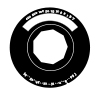
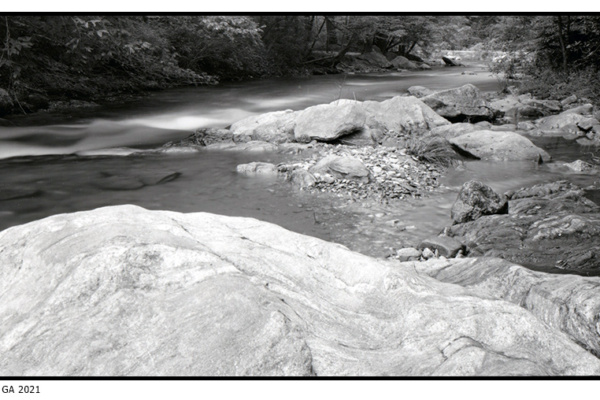
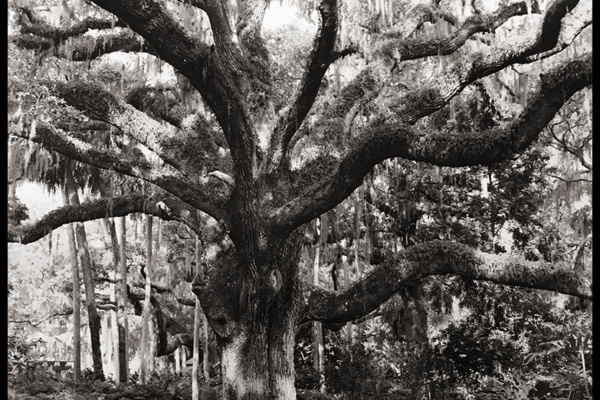
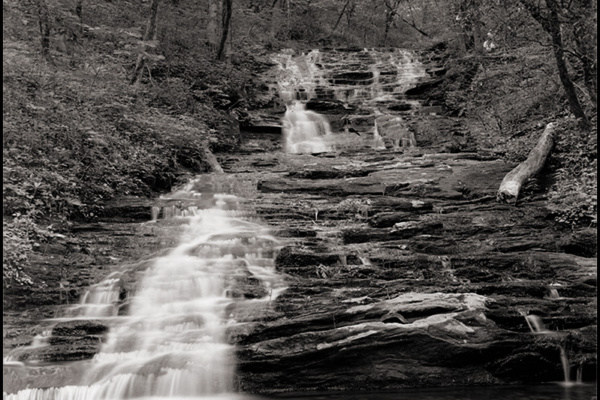
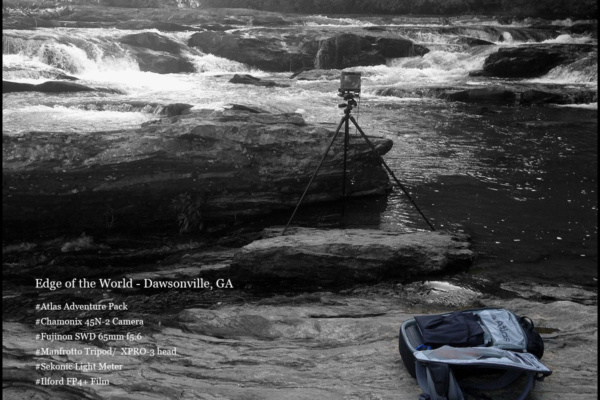
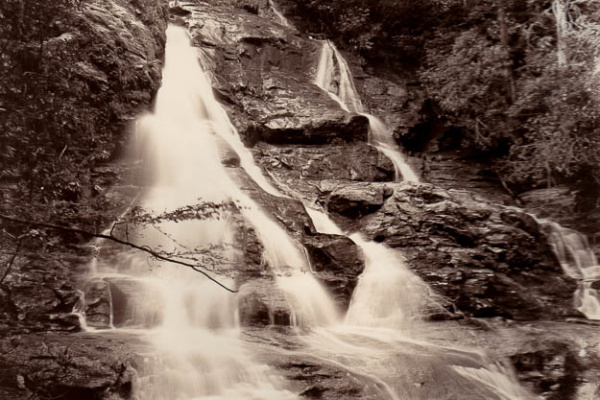
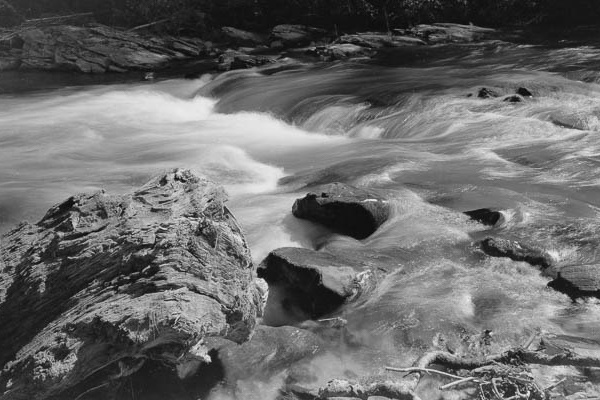
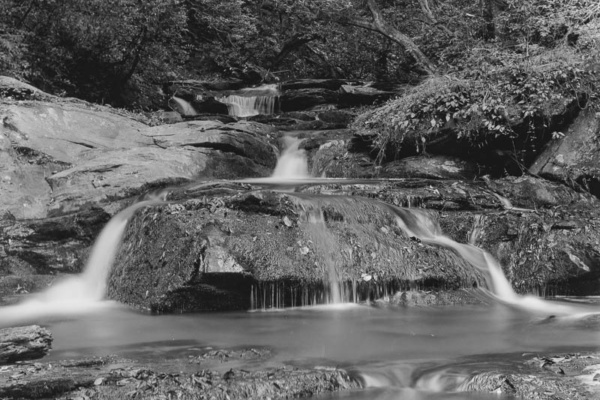
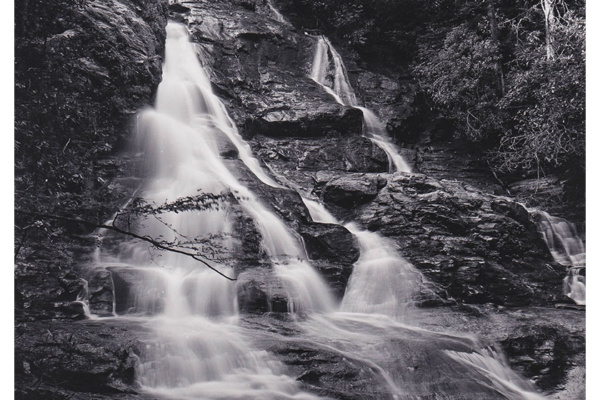
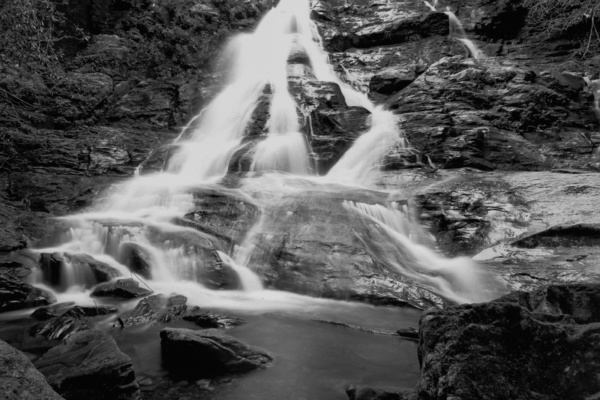
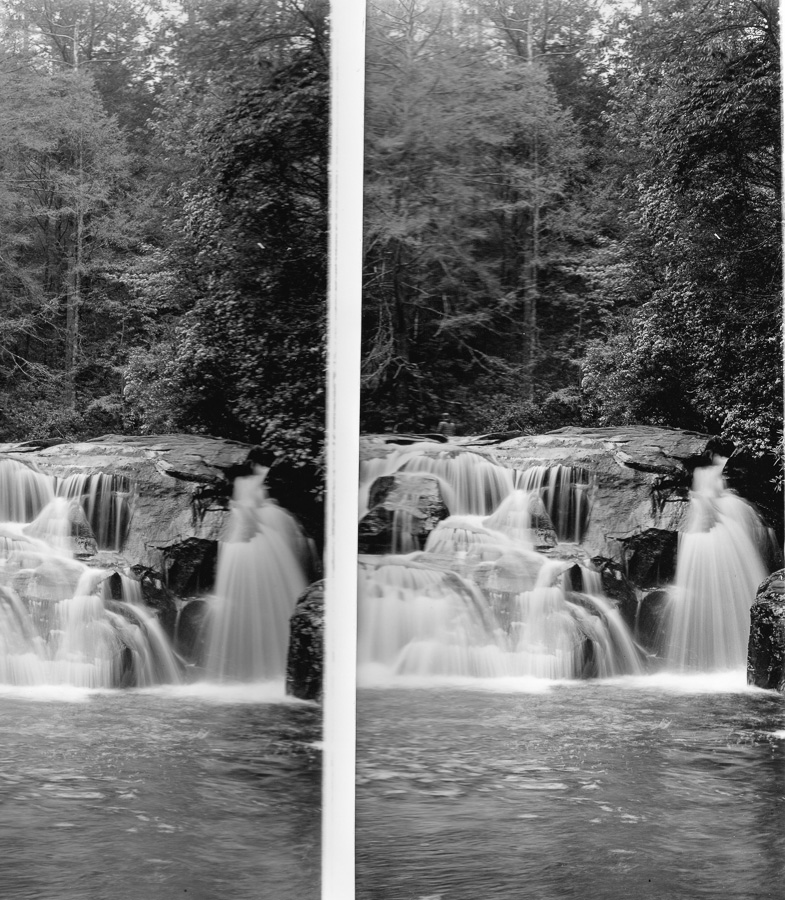
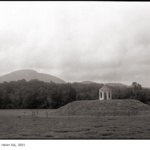 Ilford MGRC Portfolio Pearl First Impressions
Ilford MGRC Portfolio Pearl First Impressions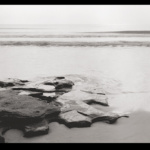 Road Trip with Two Large Format Cameras
Road Trip with Two Large Format Cameras